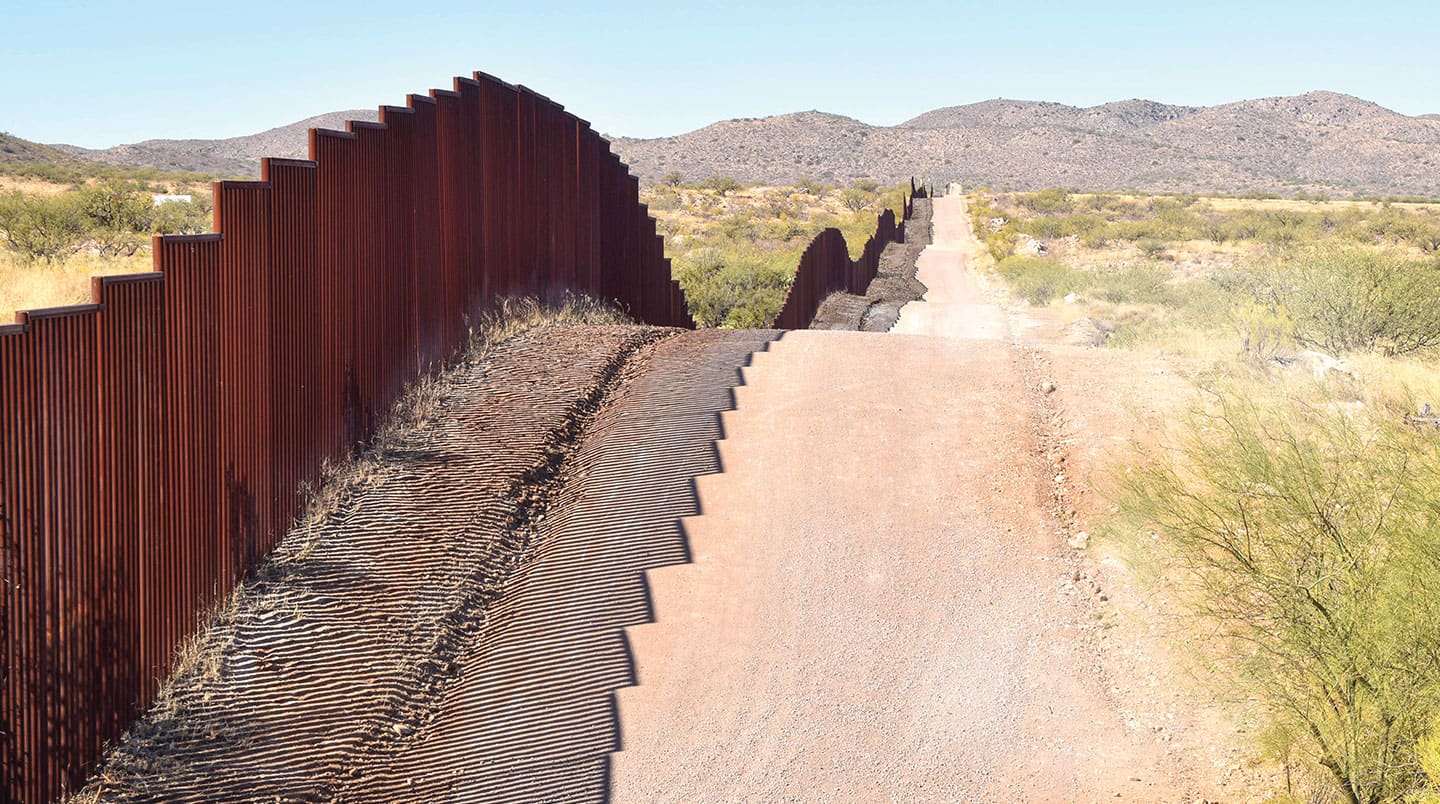Courtesy of Ekansh Tambe
Ekansh Tambe heard stories about the U.S.-Mexico border long before he ever saw it: News reports about people crossing it illegally to escape poverty and violence in their homelands. Warnings about criminals smuggling drugs across it. And heated debates over whether a wall should be built along its entire length.
“I had questions like ‘What does the border really look like?’ and ‘What drives immigrants to undertake the dangerous journey north?’ ” recalls Ekansh, now 16. The then-middle schooler decided to visit the border to find out.
In 2017, he and his family drove from their home in Dallas, Texas, to Brownsville, Texas, the easternmost U.S. city along the border. From there, they explored nearly 400 miles of the dividing line.
Along the way, Ekansh interviewed people and took thousands of photos. But he still wanted to learn more.
Soon after, Ekansh convinced his parents to let him explore the rest of the 1,900-mile span—along the Rio Grande, across mountains, and through cities, deserts, sand dunes, and even cactus fields. “It was essential to understand every perspective at the border by talking to the border patrol agents, immigrants, and citizens,” he says.

